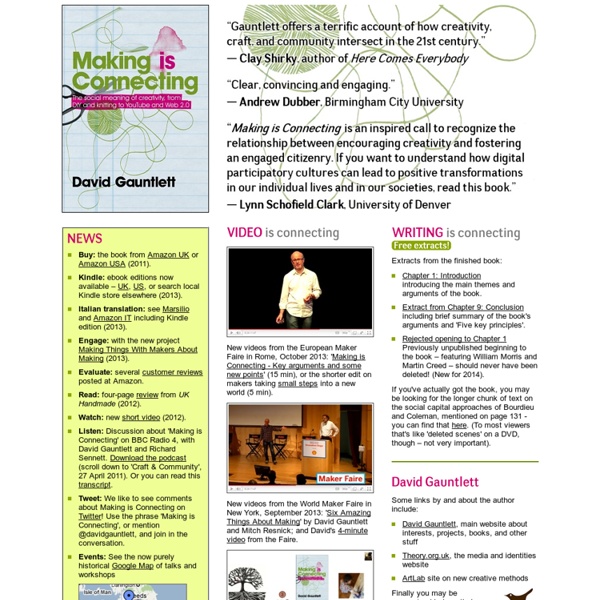



Trolls Pounce on Facebook?s Tahrir Square | Danger Room Cairo’s Tahrir Square is a war zone, thanks to Egyptian President Hosni Mubarak’s goon squad. But the crackdown isn’t limited to physical spaces where the protest movement congregates. Ever since Mubarak restored internet service on Wednesday, the most important dissident Facebook page has seen a curious flood of pro-regime Wall posts, sowing disinformation. Some of the new up-with-Mubarak commentary at the Facebook page We Are All Khalid Said is classic concern-trolling: people wringing their hands over how Egypt’s dictator deserves better than calls for his downfall. It’s hard not to see the trolling as part of a larger effort by Mubarak’s allies to win the propaganda battle surrounding Egypt’s unrest. A sampling of pro-Mubarak posts on Thursday: “I’m sad that I was one of you,” Tamir Said hissed. Bokhary didn’t specify whether he meant the administrator or the page’s namesake, an Alexandria blogger beaten to death by police. We Are All Khalid Said is an organizing hub. See Also:
Schools must embrace mobile technology Testing out the latest school gadgets The need for schools to prepare for 21st century learning was top of the agenda at this year's BETT conference. They must embrace mobile technologies, games, podcasts and social networking, according to leading educationalist Professor Stephen Heppell. Schools should also break away from traditional classroom and curriculum models, he argued. The gap between those schools embracing technology and those not is getting bigger, he said. Prof Heppell was speaking to delegates at BETT, the world's biggest educational technology show. Technology revolution Meanwhile the UK's minister for Schools and Families Vernon Coaker reiterated the government's commitment to putting technology at the heart of the school curriculum. "Teachers need access to innovative services. "Cutting edge technology is the cornerstone of our reforms," he added. But in that timeframe there could be a big divide between schools, thinks Professor Heppell. Cells and bells Skyping infants
Podcamp Western MA learning • ingenuity • research • policy • design • technology • delight • (+ sailing!) MixedRealities « Where philosophy, business and immersive media meet EngageDigital.com - tools and strategies for monetizing and engaging constantly connected consumers LittleBigPlanet LittleBigPlanet, commonly abbreviated LBP,[1] is a puzzle platform video game series created by Media Molecule and published by Sony Computer Entertainment on multiple PlayStation platforms. The series follows the adventures of Sackboy and has a large emphasis on gameplay rather than being story-driven. All of the games in the series put a strong emphasis on user-generated content and are based on the series' tagline "Play, Create, Share". The tagline represents the three core elements of the series; Playing alone or with others online or on the same console, creating new content using the in-game creation tools and sharing creations and discoveries online with other players.[2] Tarsier Studios, Fireproof Studios and Supermassive Games also contribute to the development of the PlayStation 3 games, creating in-game assets including costumes, backgrounds and stickers.[3] Gameplay[edit] The core mechanics of the series revolve around its tagline "Play, Create, Share". Play[edit] Create[edit]
Curation Becomes Social: Pearltrees Launches 'Team' Version Posted by Tom Foremski - December 7, 2010 [For much of this year I have been working with Pearltrees, which offers a visual web site curation service based on the visual metaphor of 'pearls' please see below for an example.] Pearltrees this week launched a "Team" version of its curation service that allows groups of people to collaborate on curating a topic. Up until now each Pearltree was the responsibility of one person. Alexia Tsotsis at Techcrunch reported: Ideally this goes down as such: You really care about fashion so you search for fashion in the Pearltrees search box and are confronted with really elaborate visual cluster displays of fashion blogs, each blog its own “pearl.” Pearltrees is part of a growing number of companies that offer curation services. In addition, pre-fetching of web site content means that it is possible to browse a Pearltree faster than surfing from site to site. A reporter, for example, could grab that media kit Pearltree and use it in preparing a report.
Welcome to Produsage.org | Produsage.org The Future of Search is Mobile, Autonomous & Serendipitous, Says Google CEO Google CEO Eric Schmidt, speaking to the audience at the TechCrunch Disrupt conference in San Francisco this week, said that his company expects mobile to dominate search at some point in the future. "Eventually, we think mobile will be the majority of the searches and the majority of the revenue," he said. But that future could take a long time to get here, he added. Schmidt also touched on the future of search in general, at least as Google sees it, speaking of a time when Google searches become automatic and autonomous, leading to "serendipitous" discovery of the world around you. Future of Search is Mobile Google is already seeing a trend towards increased mobile search, said Schmidt, citing the growing number of searches the company has seen coming from Android phones, the sharp rise in handset sales and the rapid adoption of the mobile Web worldwide. Another somewhat startling figure Schmidt cited was the growth of the mobile Web in general.